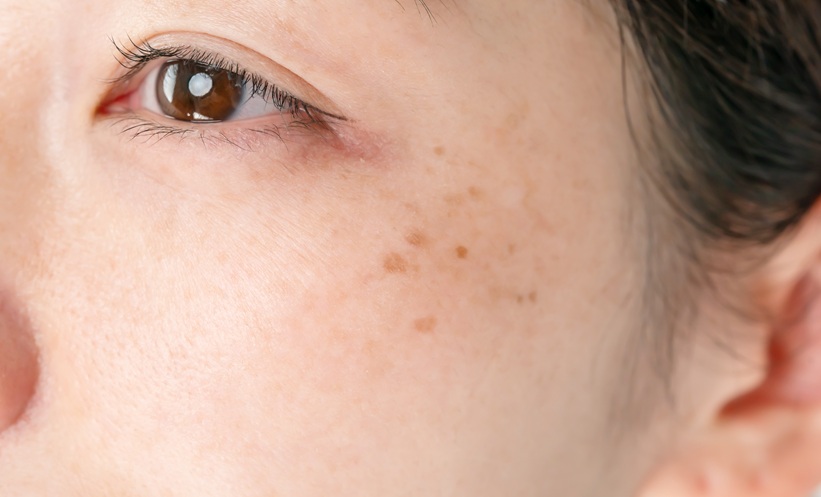Abstract
Methylisothiazolinone (MI), along with Kathon™ CG (methylchloroisothiazolinone/MI), are widely used preservatives to prevent bacterial overgrowth in aqueous solutions of various types of cosmetic, household, and industrial products. Because of its high sensitising power and widespread use, MI is currently one of the most common causes of allergic contact dermatitis, both in our private lives and in the occupational field. As it was thought that MI had less sensitivity capacity, it started to be commercialised separately, and a new epidemic of sensitisation to these preservatives has been observed in recent years. MI should be included separately in the standard patch testing series. Also, the use of isothiazolinones should be revised, and legislative measures from the competent authorities should be implemented in order to resolve this problem.
Please view the full content in the pdf above.







